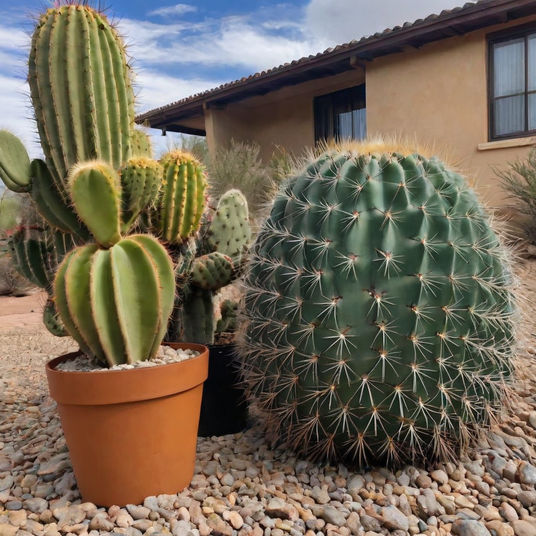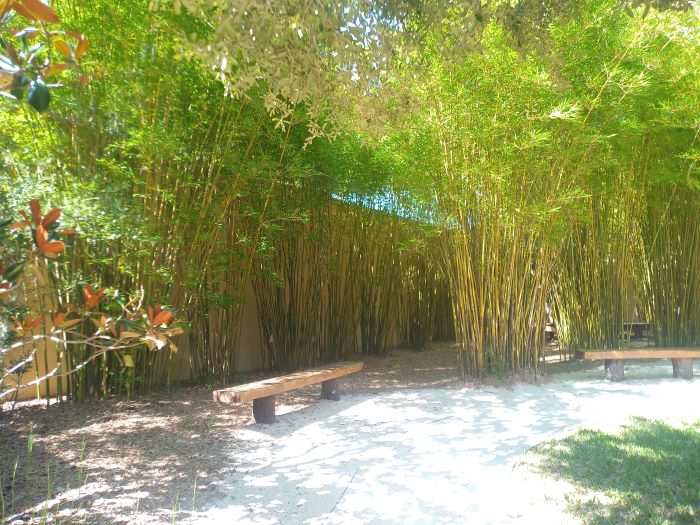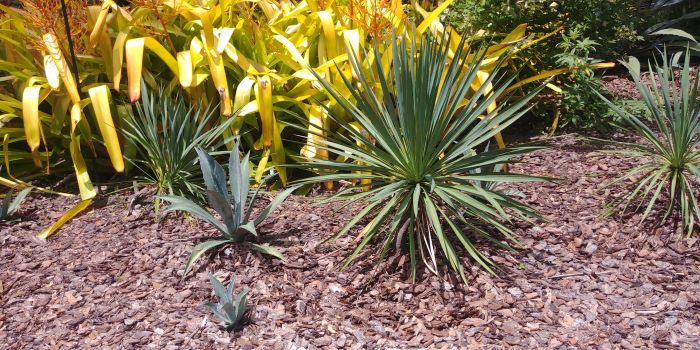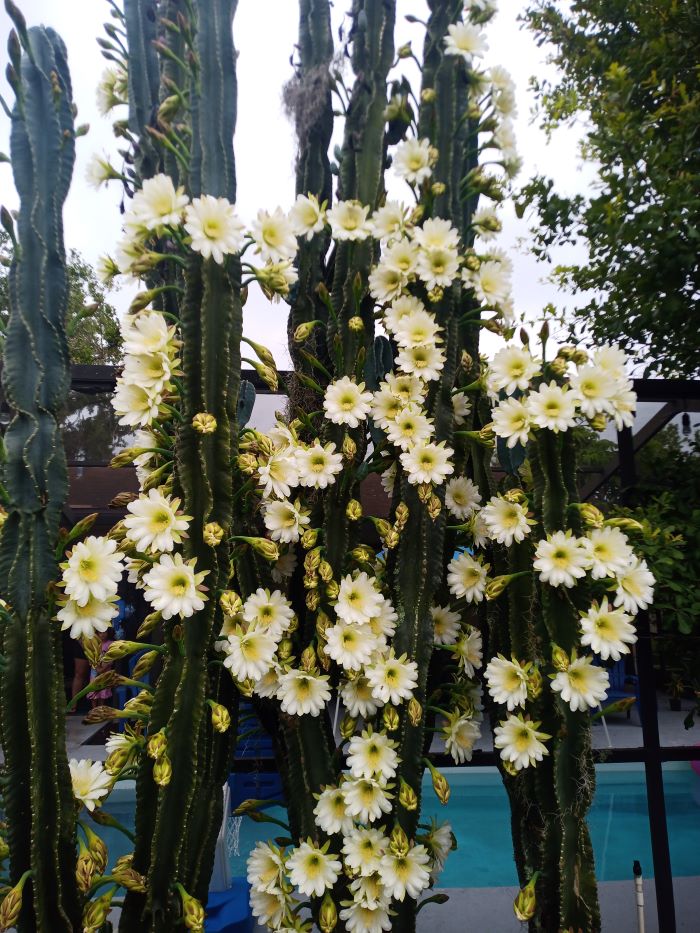
Defensive Landscaping
How to Use Your Yard as a Security Barrier
As a prepper and security enthusiast, I’m always looking for ways to enhance the safety of my home without relying solely on high-tech gadgets or costly systems. One often-overlooked layer of home defense is right outside your door: your yard.
Defensive landscaping, when done right, can make a world of difference in protecting your home. By strategically placing plants, shrubs, and other natural barriers, you can create a layer of security that blends in with your property’s natural environment while making it much harder for potential intruders to reach your house. Let’s dive into how this works and why it’s such an effective, low-key security measure.
When most people think of home security, they picture cameras, alarms, and maybe a big fence. But defensive landscaping is about using natural elements to create obstacles and deterrents, making it harder for anyone to approach your home undetected. It’s a smart, low-maintenance way to add another layer of protection to your property without turning your home into a fortress.
Defensive landscaping works by slowing down or frustrating intruders, giving you more time to react. The idea is to make entry points like windows, doors, and pathways less accessible by incorporating strategic plantings and natural barriers. The bonus? It often blends into the aesthetic of your yard, so you don’t sacrifice curb appeal for safety.
This method complements your other security measures. Sure, you might have an alarm system or cameras, but what happens before they go off? Defensive landscaping is designed to prevent or delay someone from even getting close enough to trigger those systems. Think of it as your first line of defense, subtly working to protect your home by making the approach more difficult and time-consuming for any would-be intruder.
In short, defensive landscaping turns your yard into a natural obstacle course for anyone with bad intentions. And the best part is, they may not even realize it until it’s too late.
Best Spiky Plants for Security
One of the key elements of defensive landscaping is selecting the right plants. You’ll want to choose plants that are not only visually appealing but also serve as effective barriers. Thorny bushes such as roses, hawthorns, or barberries can be excellent deterrents when placed under windows or along fences. Their sharp thorns make it difficult for intruders to pass through without injury, acting as a natural barbed wire.
Consider also the height and density of the plants. Tall, dense shrubs can obscure the view of potential intruders, while low-growing, thorny plants can create a painful barrier that’s difficult to bypass. Remember to choose plants that are well-suited to your local climate and soil conditions to ensure they thrive and maintain their defensive properties.
Exterior Trees for Security
1. American Holly (Ilex opaca)

Description: Evergreen tree with spiny leaves; grows up to 50 feet tall.
Best Used For: Tall hedges, foundation plantings, near entry points.
2. Osage Orange (Maclura pomifera)

Description: Thorny tree that grows 20-40 feet tall with dense, thorn-covered branches.
Best Used For: Perimeter hedges, property boundaries.
3. Chinese Jujube (Ziziphus jujuba)

Description: Small, thorny deciduous tree growing 15-30 feet tall; produces sweet, edible fruits.
Best Used For: Property boundaries, thorny barrier.
4. Bamboo (Bambusa multiplex)

Description: dense clumping bamboo, also known as Hedge Bamboo or Clumping Bamboo
Best Used For: Property boundaries, compact growth habit and ability to form dense thickets
Prickly Shrubs for Security
1. Hawthorn (Crataegus spp.)

Description: Dense shrubs or small trees with sharp thorns; grow up to 30 feet tall.
Best Used For: Perimeter hedges, under windows, along fences.
2. Barberry (Berberis spp.)

Description: Small, thorny shrubs growing 3-6 feet tall, with colorful foliage.
Best Used For: Low hedges, under windows, along pathways.
3. Firethorn (Pyracantha spp.)

Description: Dense, thorny evergreen shrub growing up to 10-15 feet tall.
Best Used For: Perimeter barriers, along walls, near entry points.
Best Vines for Security
1. Bougainvillea (Bougainvillea spp.)

Description: Thorny vine with vibrant bracts; can grow up to 30 feet long.
Best Used For: Climbing on walls, fences, or trellises; creating barriers along property lines.
Succulents for Security
1. Agave (Agave spp.)

Description: Large, rosette-shaped plants with sharp, spiny leaves; can grow over 10 feet wide.
Best Used For: Low barriers, desert or arid landscapes, around windows or pathways.
2. Cereus Cactus

Description: Small, thorny deciduous tree growing 15-30 feet tall; produces sweet, edible fruits.
Best Used For: Property boundaries, thorny barrier.
Plant Placement for Security
Strategic placement of your chosen plants is just as important as the plants themselves. To maximize the effectiveness of your defensive landscaping, place thick hedges or dense shrubs in areas that might otherwise provide easy access to your home. For example, lining the perimeter of your property with thorny bushes or dense shrubs can create a formidable first line of defense.
Trees with low-hanging branches can also be strategically placed to block access to second-story windows or balconies, preventing intruders from climbing. Additionally, consider planting ground cover with thorny or spiky foliage around the base of walls or fences to discourage anyone from attempting to climb over.
Creating Natural Barriers
In addition to plants, natural barriers such as rock gardens, water features, or berms can significantly enhance your yard’s security. These elements not only contribute to the overall aesthetic appeal of your property but also create physical obstacles that slow down or deter intruders.
Rock gardens, for instance, can be designed with sharp or irregular stones that make it difficult to traverse without making noise or risking injury. Water features like ponds or streams can create natural boundaries that are challenging to cross, especially when paired with dense vegetation around the edges. Berms—mounded earth structures—can serve as raised barriers that obscure sightlines and create an additional obstacle for anyone trying to approach your home.
Integrating Defensive Landscaping with Existing Security Measures
Defensive landscaping is most effective when integrated with other security measures. For example, placing motion-activated lights near dense foliage can illuminate intruders as they try to approach your home. Gravel paths are another great addition, as they create noise when walked on, alerting you to someone’s presence.
You might also consider installing security cameras in areas where your landscaping could create blind spots. This way, even if an intruder attempts to use the cover provided by your plants, they’ll still be caught on camera.
Maintenance and Long-Term Planning
Like any aspect of home security, defensive landscaping requires regular maintenance to remain effective. Overgrown plants can reduce visibility, provide cover for intruders, or become less effective as barriers. Regular pruning and trimming are essential to keeping your yard secure.
Consider seasonal changes as well. Some plants may lose their leaves in the winter, reducing their effectiveness as a barrier. Plan your landscaping to include a mix of evergreen and deciduous plants to ensure year-round security.
Legal and Privacy Considerations
Before implementing defensive landscaping, it’s important to consider any legal restrictions or privacy concerns. For instance, there may be local regulations regarding the height of fences, trees, or shrubs. Ensure that your landscaping choices comply with these regulations to avoid potential legal issues.
Additionally, consider the privacy of your neighbors. While defensive landscaping is meant to protect your property, you don’t want to create an environment that feels hostile or unwelcoming to those around you. Balancing security with a neighborly atmosphere is key to successful defensive landscaping.